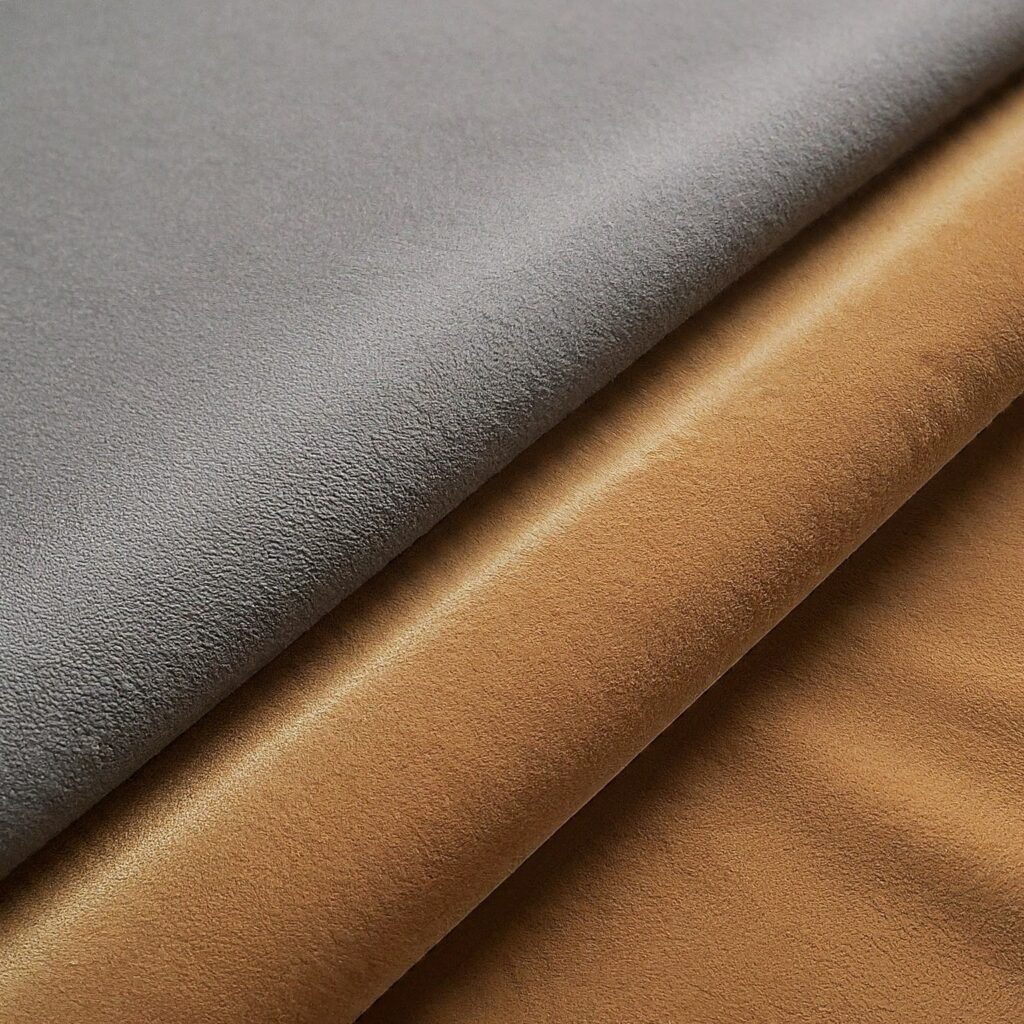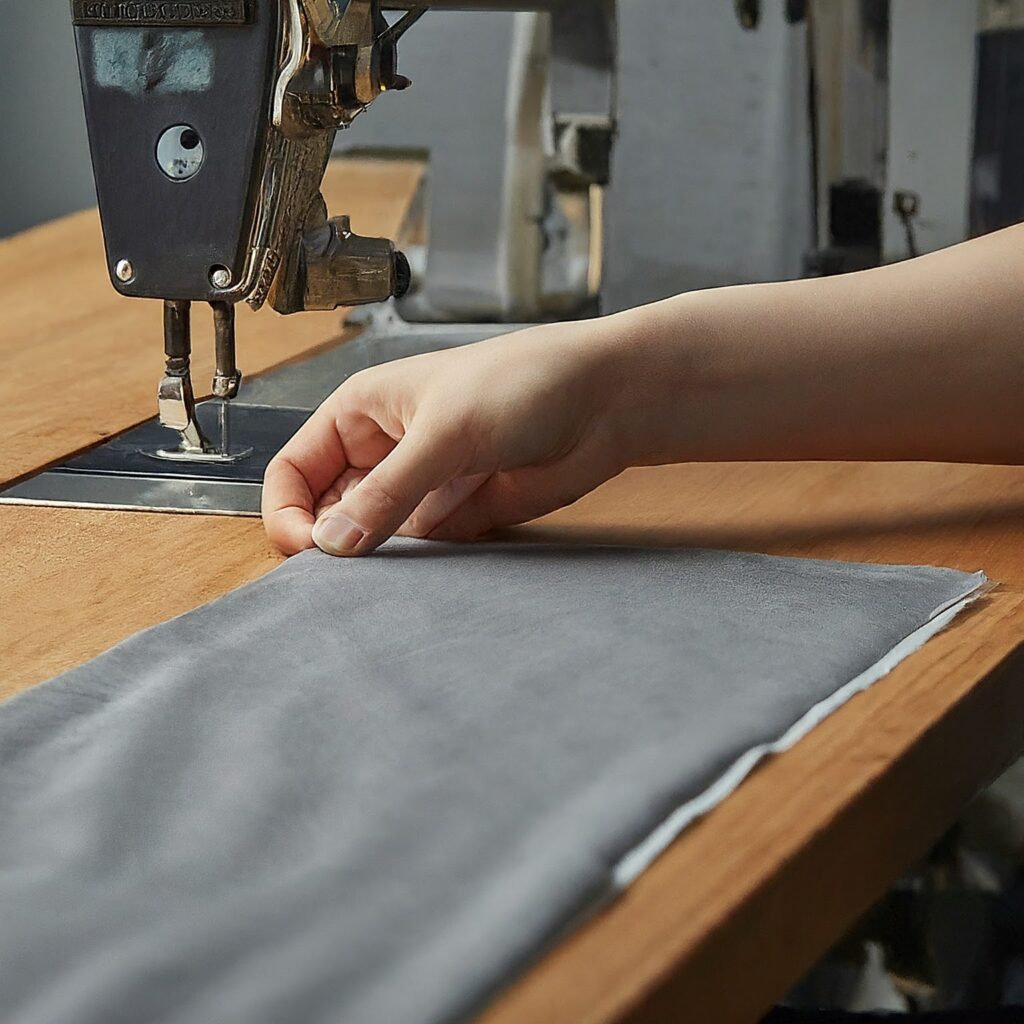Advantages of Fusible Interlinings: Benefits, Application & Tips
Hello there! If you’re into making clothes or doing your own sewing, you might have come across the term fusible interlining. It’s a key player in textiles and can make a huge difference in your projects. In this article, I’m going to explain the advantages of using fusible interlinings and how they can elevate your sewing game. Let’s dive in!

Table of Contents
- What Is Fusible Interlining?
- Advantages of Fusible Interlinings
- How to Choose the Right Fusible Interlining
- Conclusion
What Is Fusible Interlining?
Fusible interlining is a type of interlining fabric with an adhesive coating on one side. This adhesive bonds to your main fabric when heat is applied, providing additional structure and support. It’s widely used to reinforce areas that need extra stability, like collars, cuffs, and waistbands.

Advantages of Fusible Interlinings
1. Easy Application
- Simplified Process: Applying fusible interlining is straightforward. You simply place the adhesive side against the fabric and press with an iron. The heat activates the adhesive, bonding the interlining to your fabric without the need for sewing.
- No Sew Option: This method is perfect if you want to avoid extra stitching, saving you time and effort.
2. Enhanced Structure and Support
- Firmness: Fusible interlining adds a firm structure to garments. Whether you’re working on a blazer or a shirt, it helps maintain the shape and prevents sagging or wrinkling.
- Professional Finish: By using fusible interlining, you can achieve a clean, crisp finish that looks professionally tailored.

3. Improved Durability
- Increased Longevity: Fusible interlining helps strengthen the fabric, making it more durable and resistant to wear and tear.
- Long-Lasting Quality: Garments with fusible interlining typically last longer because the interlining reinforces key areas, preventing damage from regular use.
4. Versatility in Fabric Types
- Compatible with Various Fabrics: You can use fusible interlining with a wide range of fabrics, from lightweight cotton to heavy wool. This versatility makes it a go-to choice for many different sewing projects.
- Customizable Options: There are different types of fusible interlining, including lightweight and heavyweight options, so you can choose the one that best suits your fabric and project needs.
5. Time Efficiency
- Quick Application: Because fusible interlining adheres quickly with heat, it saves you time compared to traditional sewing or basting methods.
- Streamlined Process: The ease of application allows you to focus more on other aspects of your project, speeding up the overall sewing process.

6. Versatile and Adaptable
- Wide range of weights: Fusible interlinings come in various weights, allowing you to choose the perfect one for your project.
- Suitable for different fabrics: Whether you’re working with delicate silk or sturdy denim, there’s a fusible interlining for you.
How to Choose the Right Fusible Interlining
Selecting the right fusible interlining depends on several factors:
- Fabric Type: Consider the type of fabric you’re working with. Lightweight fabrics may require a lighter interlining fabric, while heavier fabrics might need a more robust option.
- Purpose: Think about the purpose of your garment. For a structured blazer, a heavyweight fusible interlining is ideal. For a casual shirt, a lighter option will suffice.
- Adhesive Quality: Ensure the adhesive quality matches your project needs. Some fusible interlinings have stronger adhesives for heavier fabrics, while others are designed for delicate materials.

Conclusion
Fusible interlinings offer numerous advantages that can enhance your sewing projects. From the ease of application to the added structure and durability, they are a valuable addition to any sewing toolkit. By choosing the right interlining fabric for your project, you can achieve professional-looking results with less effort.
Link of related Articles
- Alternatives to Fusible Interlining
- Fusing Interlining Without An Iron
- Selecting the Appropriate Interlining: Fusible vs. Non-Fusible

